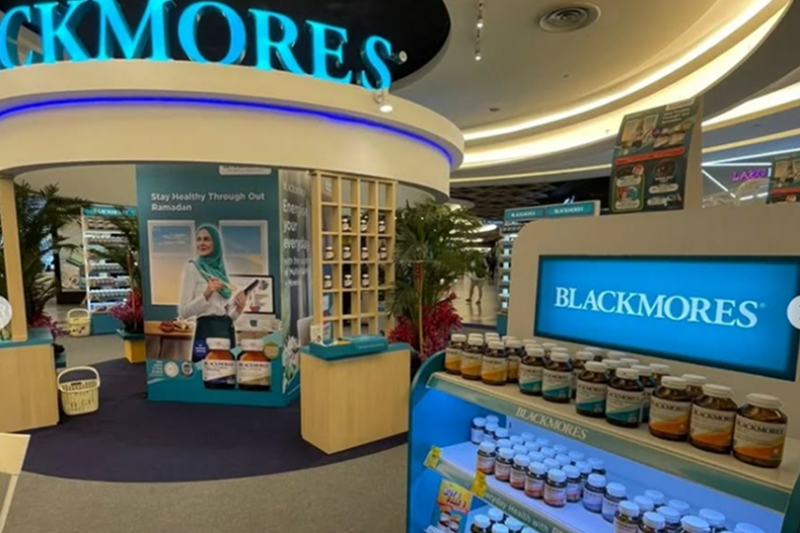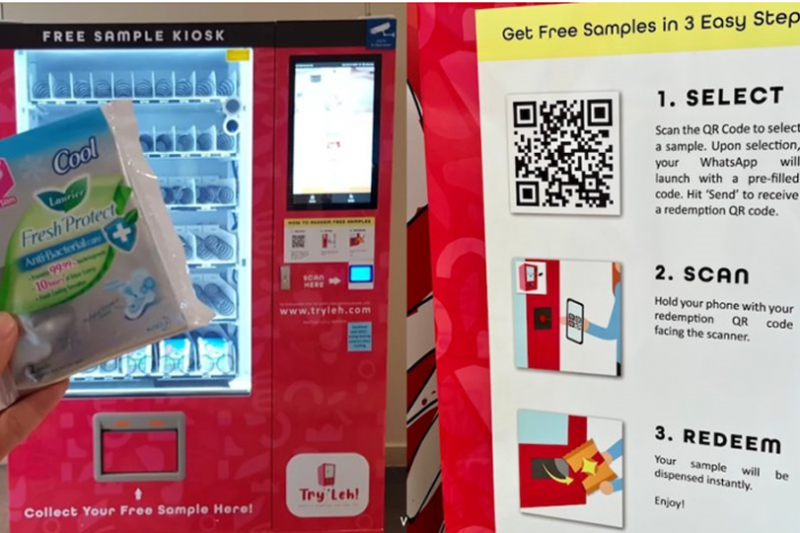
How people buy during the pandemic will likely be how to continue to buy after it’s over. When ‘over’ actually happens would be a matter of debate, and this is no place for that sort of speculation. What we want to know is how we can market brands effectively after we make it through the pandemic.
Here are three ways brands can start adapting to the post-pandemic world:
- Pay close attention to Invest in brand experience

People have begun to shop online as a response to the need for stay-at-home and/or remote work. But it’s not only about the channel through which they get their goods, but what they have been buying.
As people are looking to make their stay-at-home experiences richer, it would be easy to discover increased purchases related to home office or work desk setups, home exercise equipment, pets and pet products, sanitizing and cleaning products, DIY hobbies, as well as home improvement tools and materials.
The question is: would brands help them in their journey to make home living and working more viable?
A good brand experience would mean using the information they can collect from purchasing data to be more relevant to the specific desires and needs of consumers.
IKEA has been a good example.
As a brand that understood how the launch of the PlayStation 5 and Xbox Series X would figure into the lives of people who have no choice but to stay in more, it created mockups of the next-generation consoles as sizing guides for customers to choose the right cabinets from the home and furniture brand.
The key is to make informed guesses about what your brand can leverage from purchasing trends caused by the pandemic.
What new problems can your brand solve, not only as a quick fix to consumers but as ways to partner with them as they adjust to new circumstances.
If they are beginning to exercise more at home, what value-adding service or freebie can you throw in that actually improves their initiatives?
This is where savvy use of data comes in.
- Technology can also be your worst enemy

It is beginning to be obvious to almost all brands that online shopping is on a sharp rise as a result of the pandemic. Hence automation is on the rise.
Brands that heretofore existed only as brick-and-mortar stores are setting up websites, and those with websites are investing in customer centric features such as chatbots and easier processes for more efficient and engaging user journeys.
There is a risk, however, that automation would put more distance between customers and brands.
People still want to interact with people. Comprehensive FAQs linked with chatbots are useful but never as useful as having another person on the chat.
The solution is simple: invest more in hiring and training staff for customer service online and across the phone line.
Make the chat feature with customer service personnel more salient, encourage customers to reach out via direct messaging on social media channels and open up more phone lines for them to call in.
In that way the personal touch of your brand can extend beyond the design and copy of your websites, because you’ll be tapping in to the power of voice as well to convey a responsive and enriched brand personality.
- Find ways to provide consumers with trust and substance digitally

Clutter is a friend to no one. The era of annoying brochures and cheap merchandise as marketing collateral is beginning to fade, and soon they will be behind us.
The pandemic has pushed businesses to at least attempt online marketing.
Having to do away with business cards would compel marketers, entre/solopreneurs and brands to pay more attention to how they present themselves online, with LinkedIn or their own websites as good starting points.
Now that it’s easier and quicker for consumers to look up business and user profiles on social media, it has become imperative for brands to pay attention to how they communicate who they are and what they stand for.
Being able to clearly communicate products or services offered is the first step for any brand; the next would be how they’re able to build trust with the general public and consumers through their values and transparency.
The pandemic has shown us that corporations and profit-driven institutions, big and small, have a part to play in the well-being of the people, communities, and contexts affected by their work.
Judging on what they do, what is their stance on privacy, human rights, worker health, and environmental issues?
Marketing in this sense stretches beyond separate corporate social responsibility (CSR) efforts that happen every once in a while.
What we’re talking about here is whether a brand is purpose-driven, and whether their values are woven into the fabric of their work.
- It’s too late to wait until the dust settles
While it seems like adaptability may be a matter of resource, it is also a matter of mindset, strategy and culture.
Large corporations may sometimes seem too big to be as adaptable as their leaner and smaller competitors, but that’s not true.
Monoliths, startups and even solopreneurs alike can adopt the principles above to adjust to new demands and set themselves up to thrive.
Have you thought about how your brand and business is going to move forward after the dust settles on the pandemic?
It would be a mistake to start then, because massive change is already starting now.




